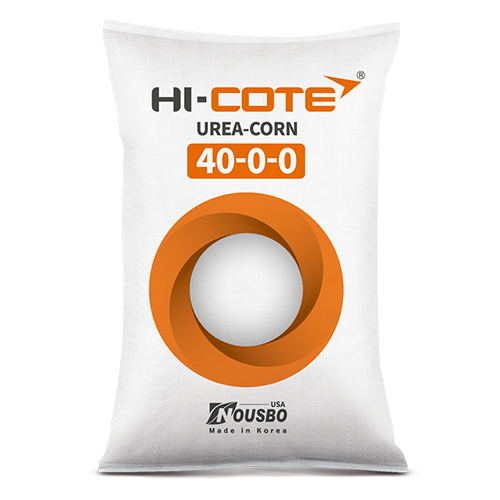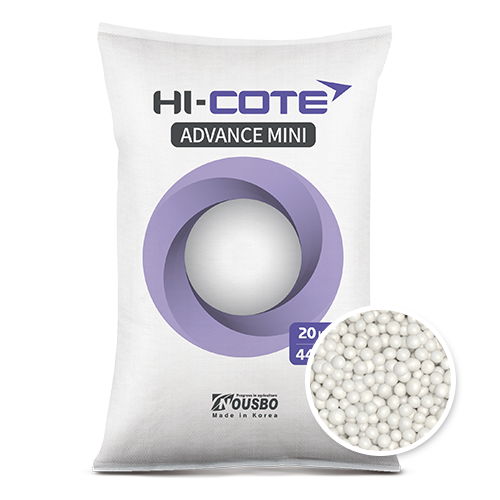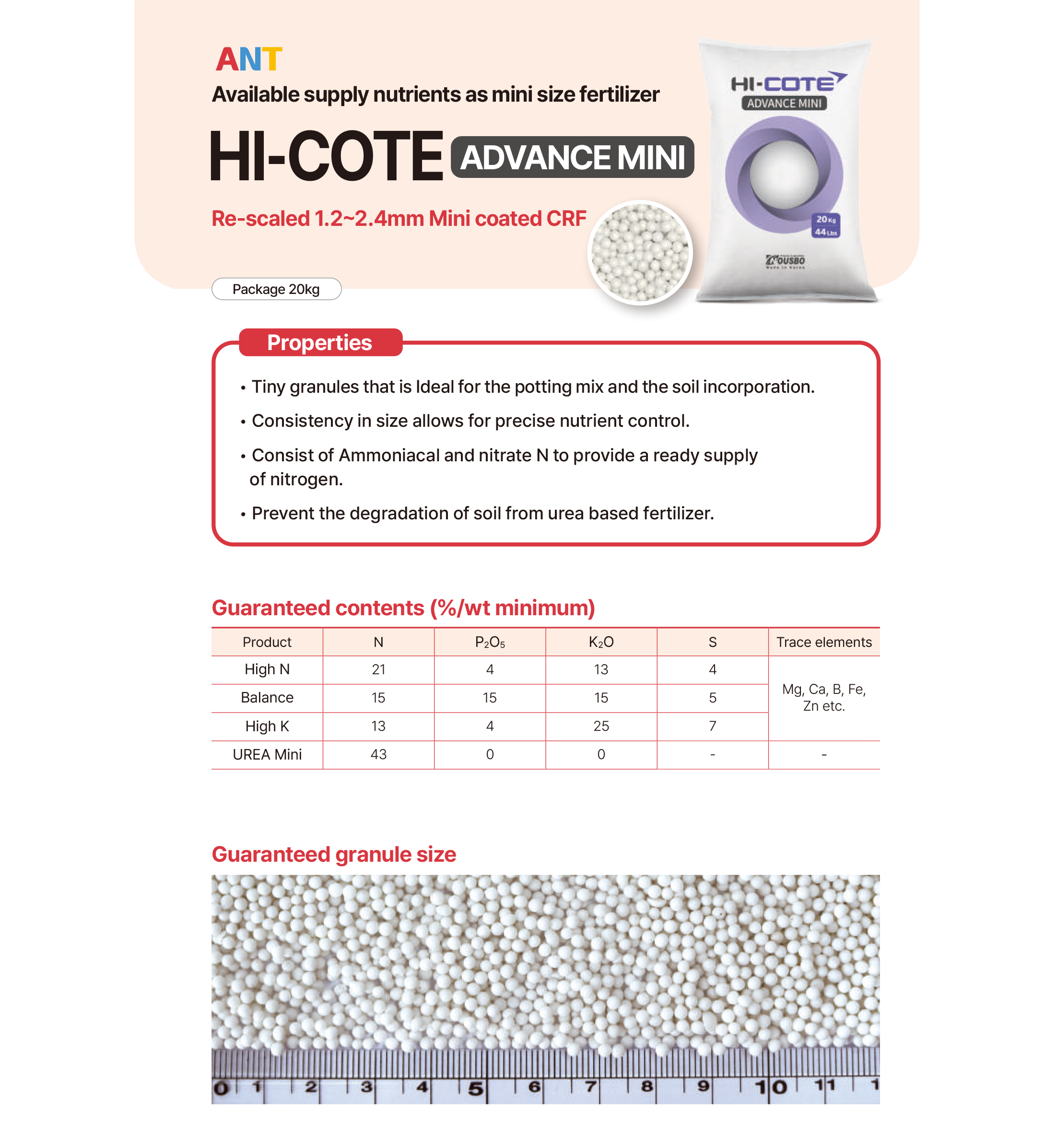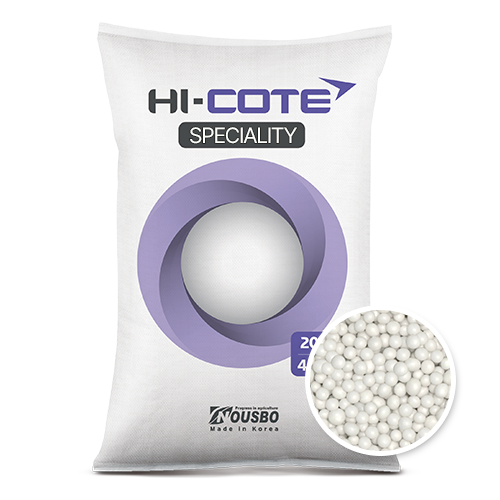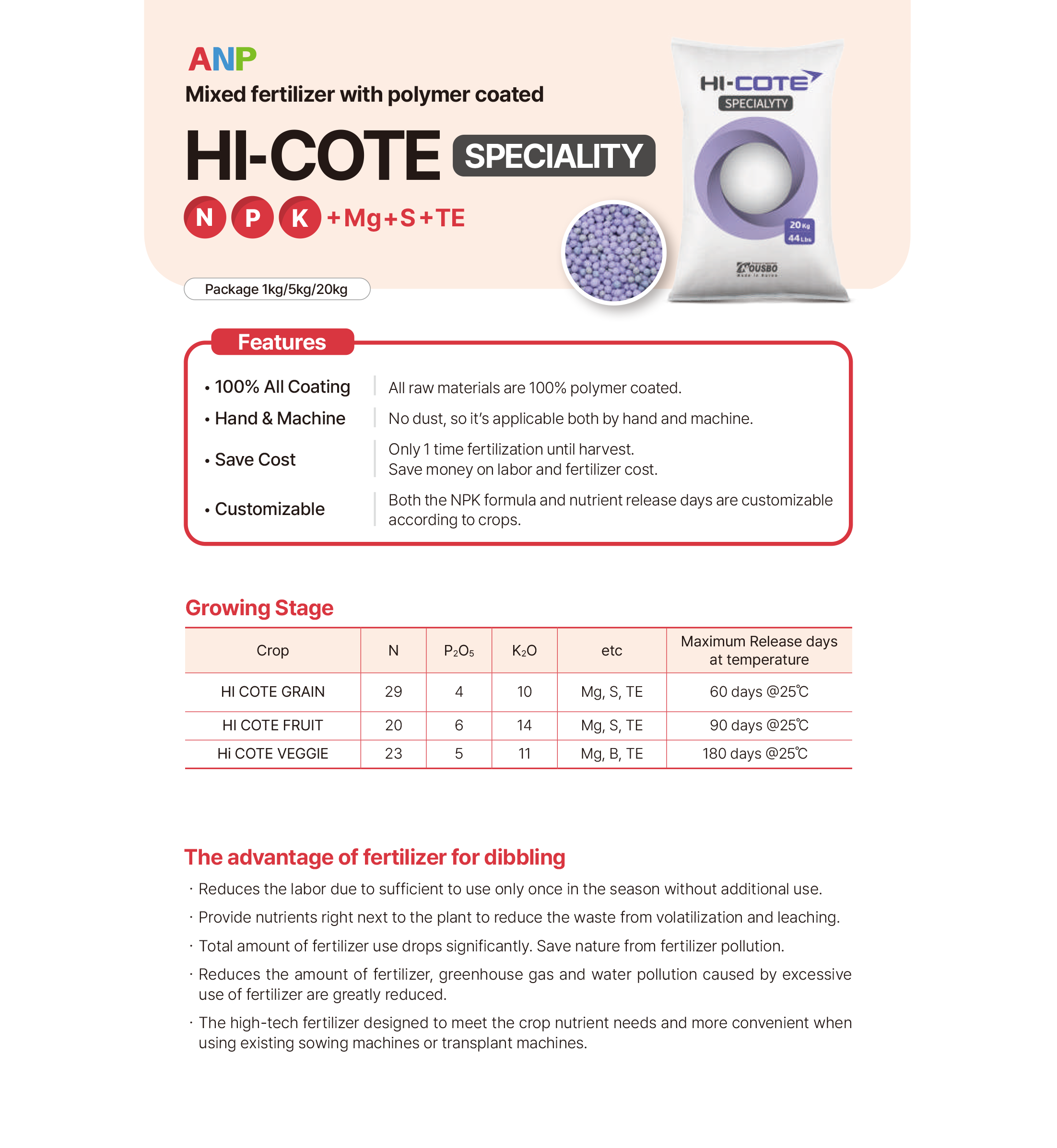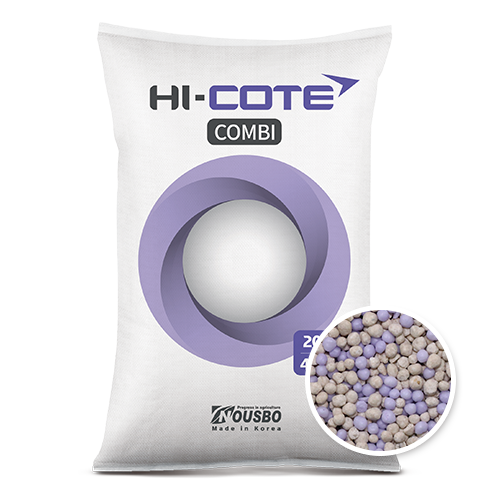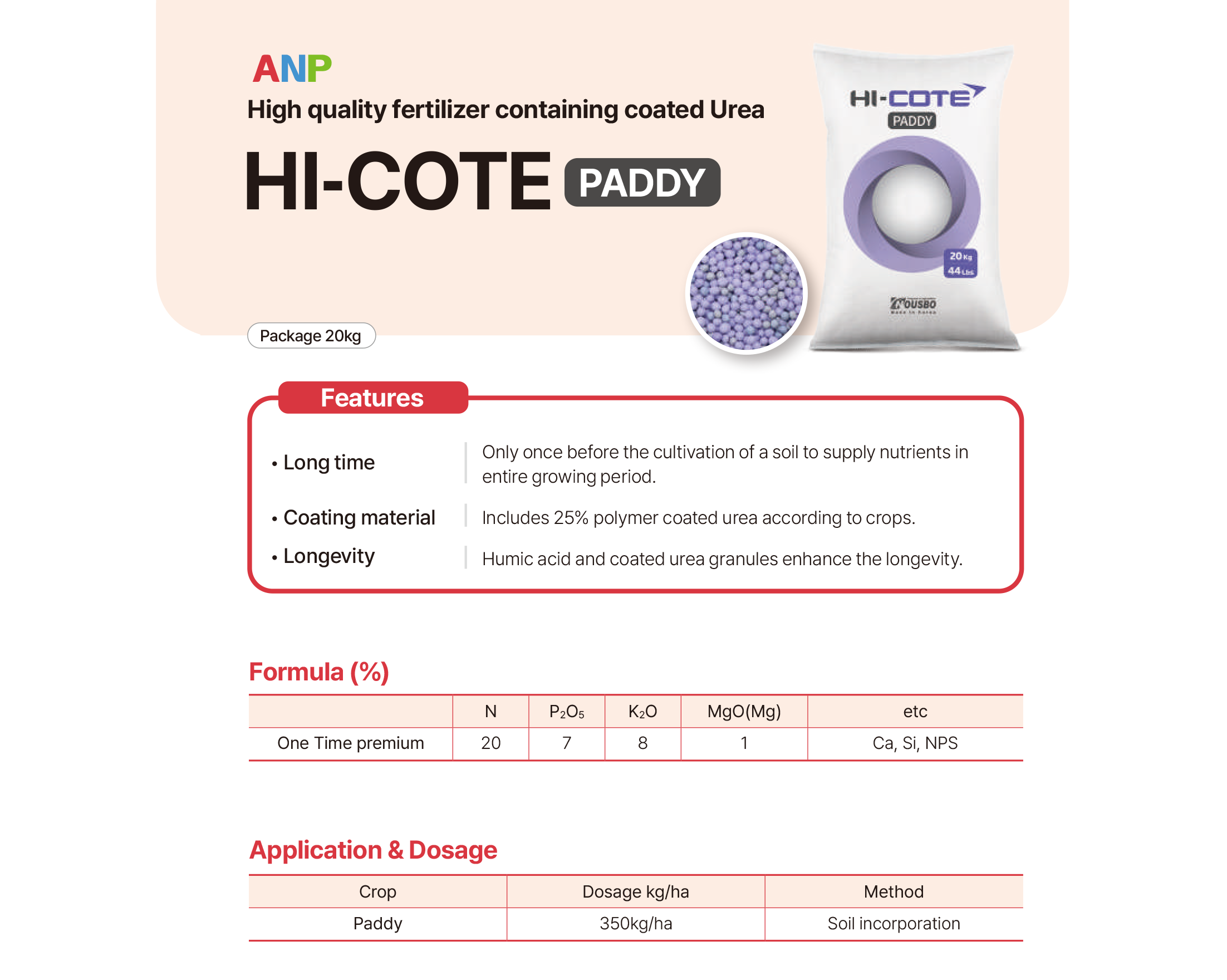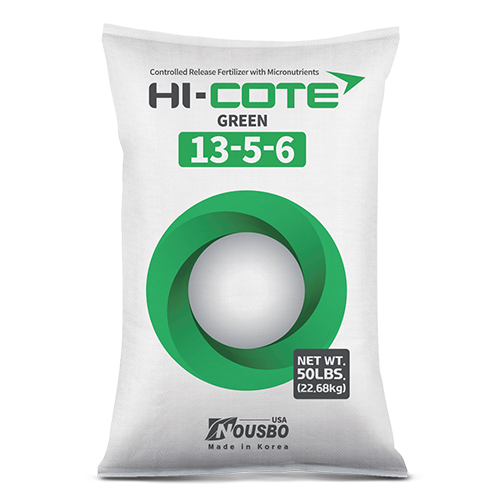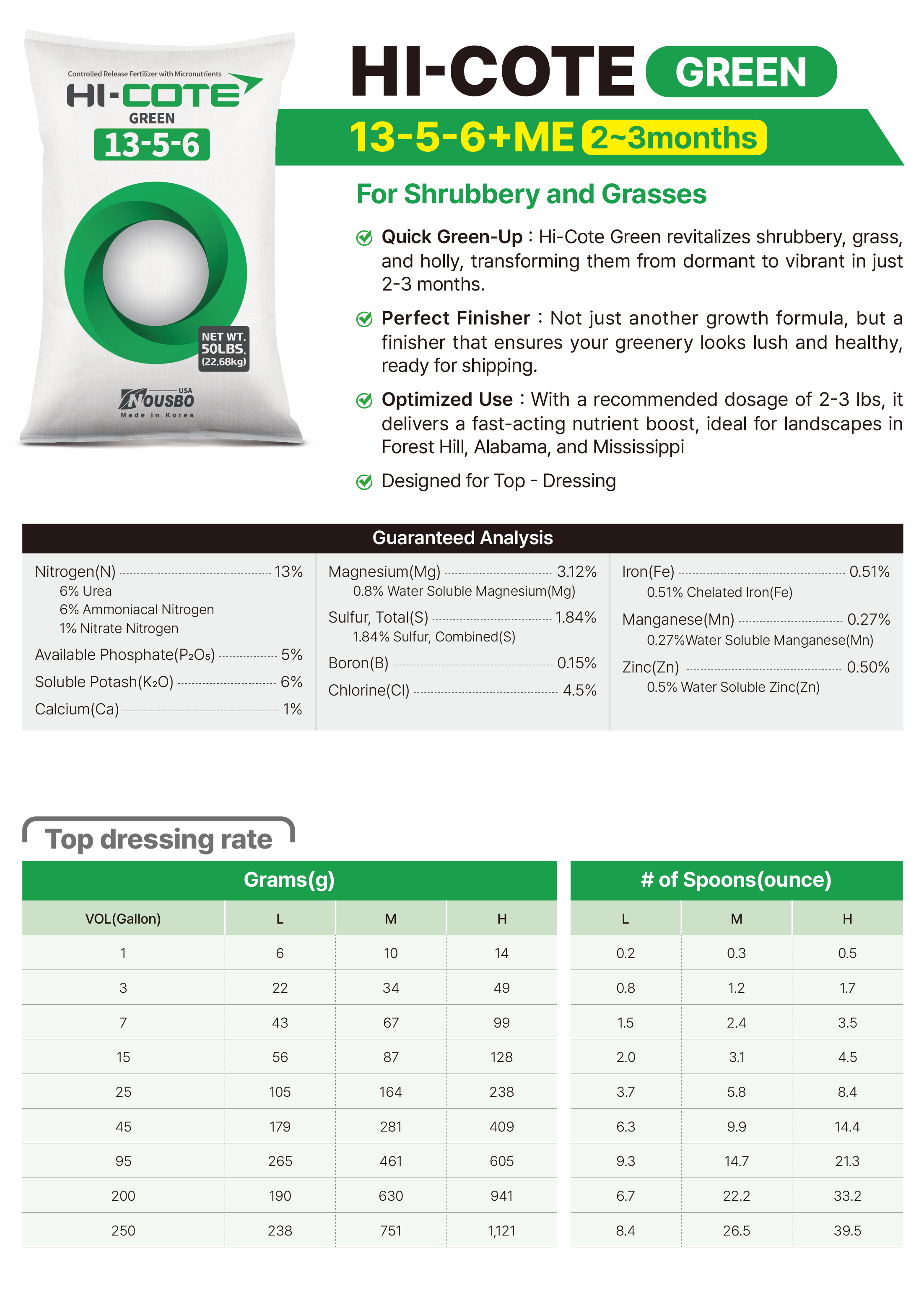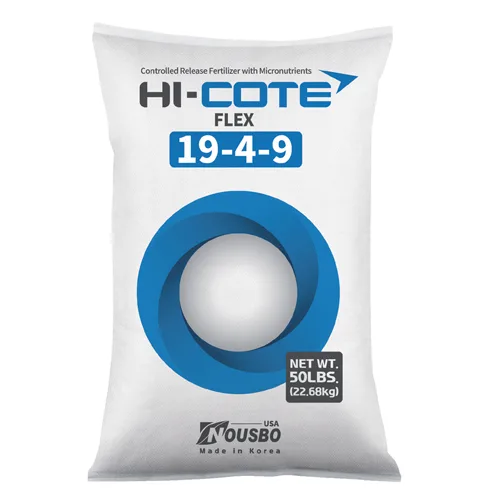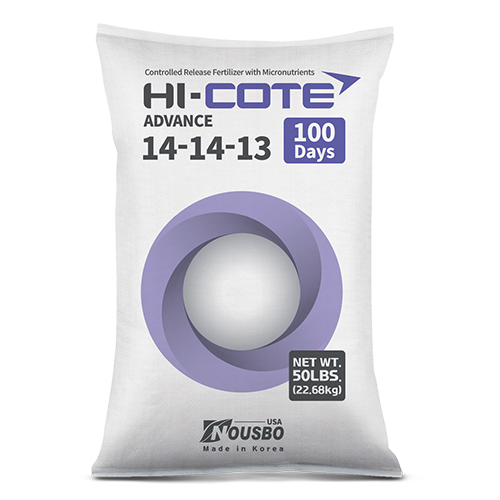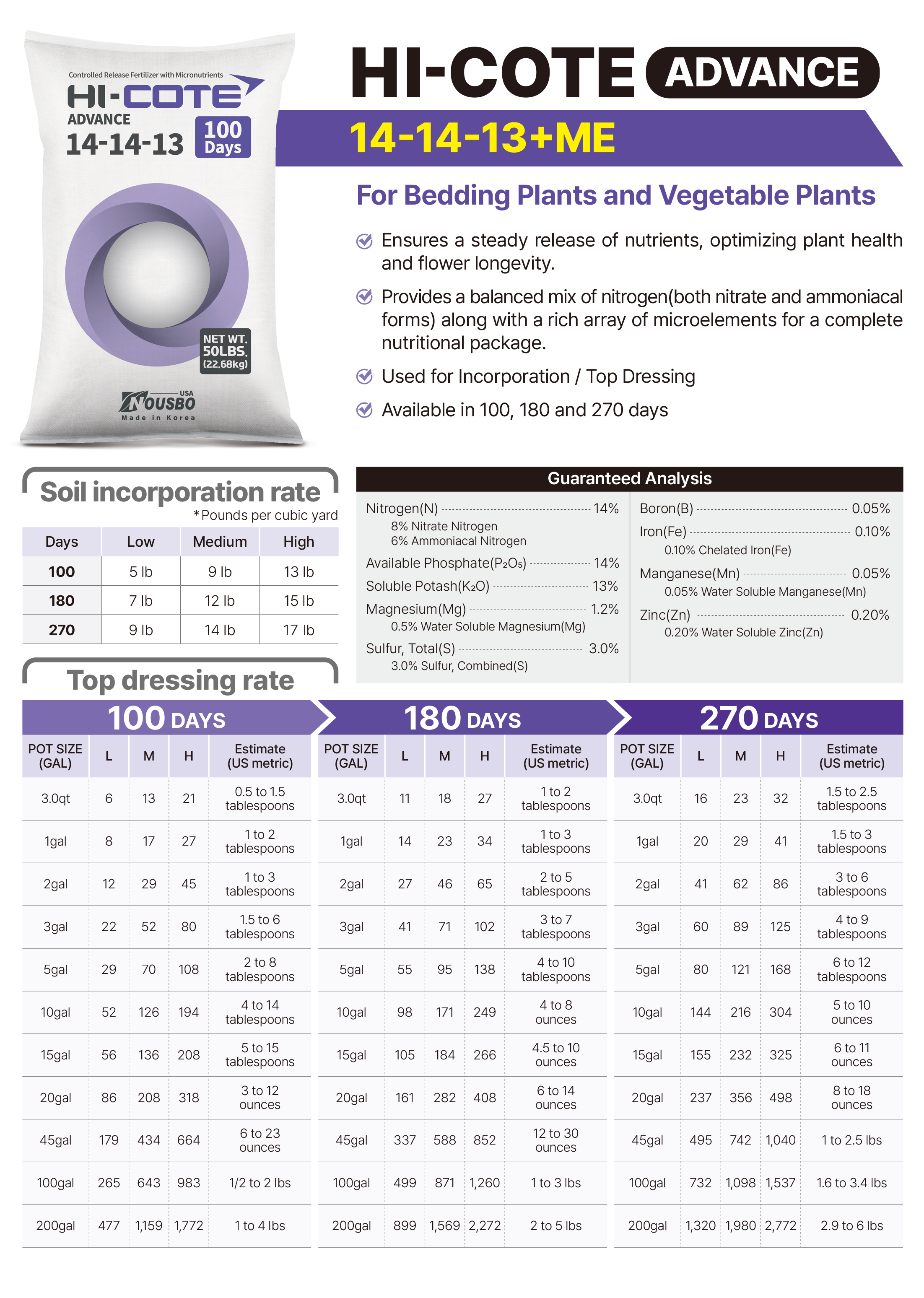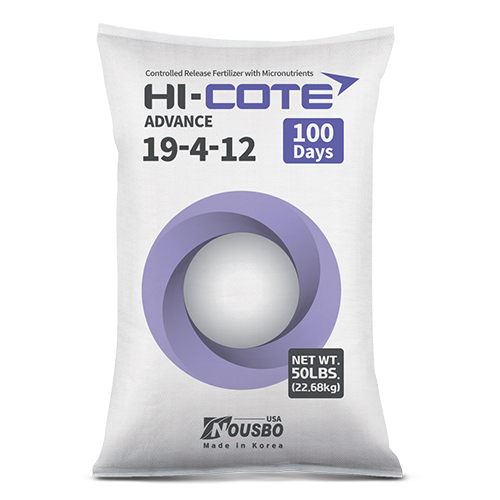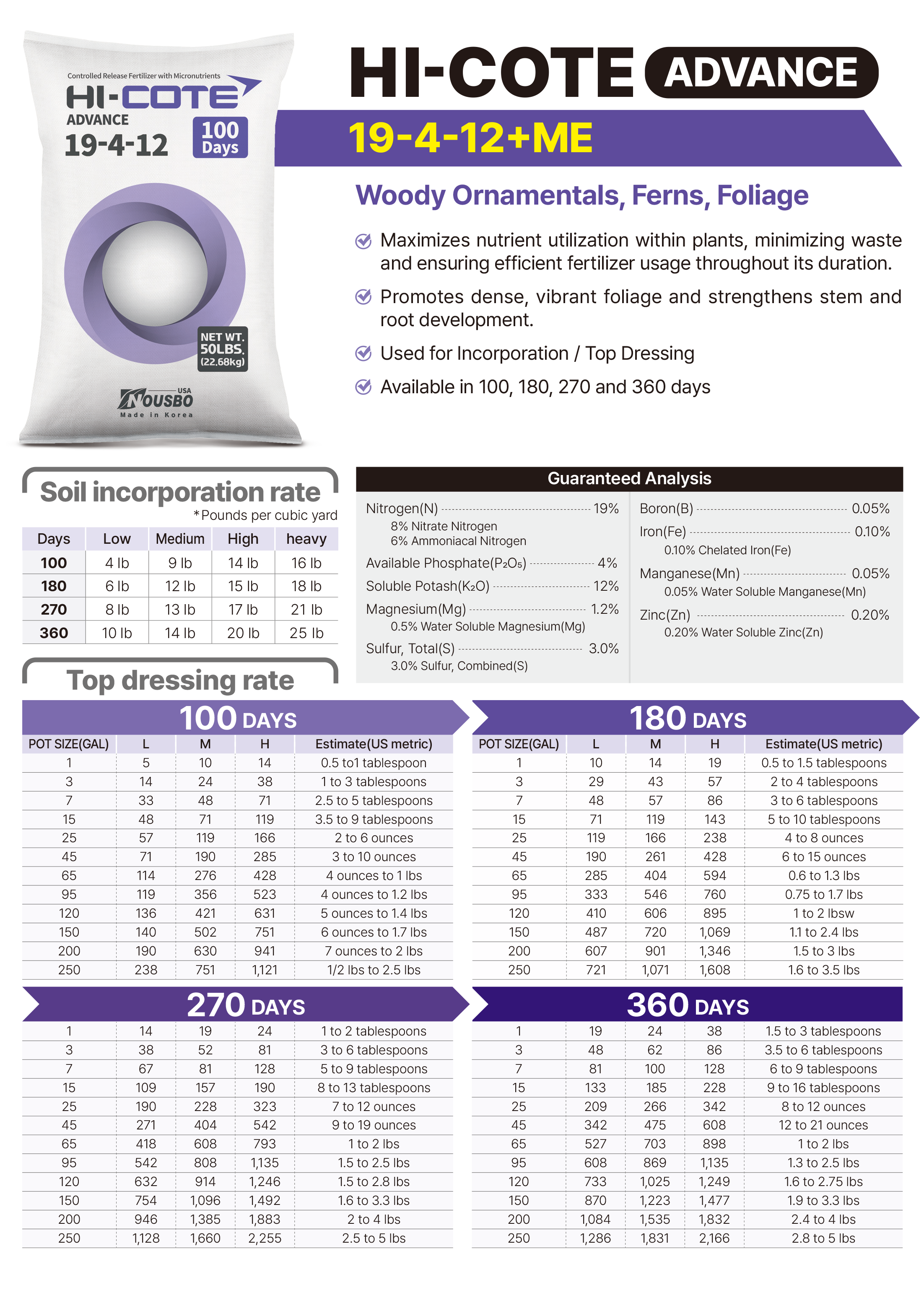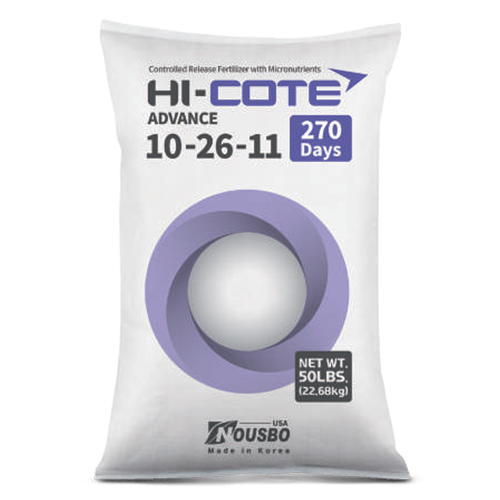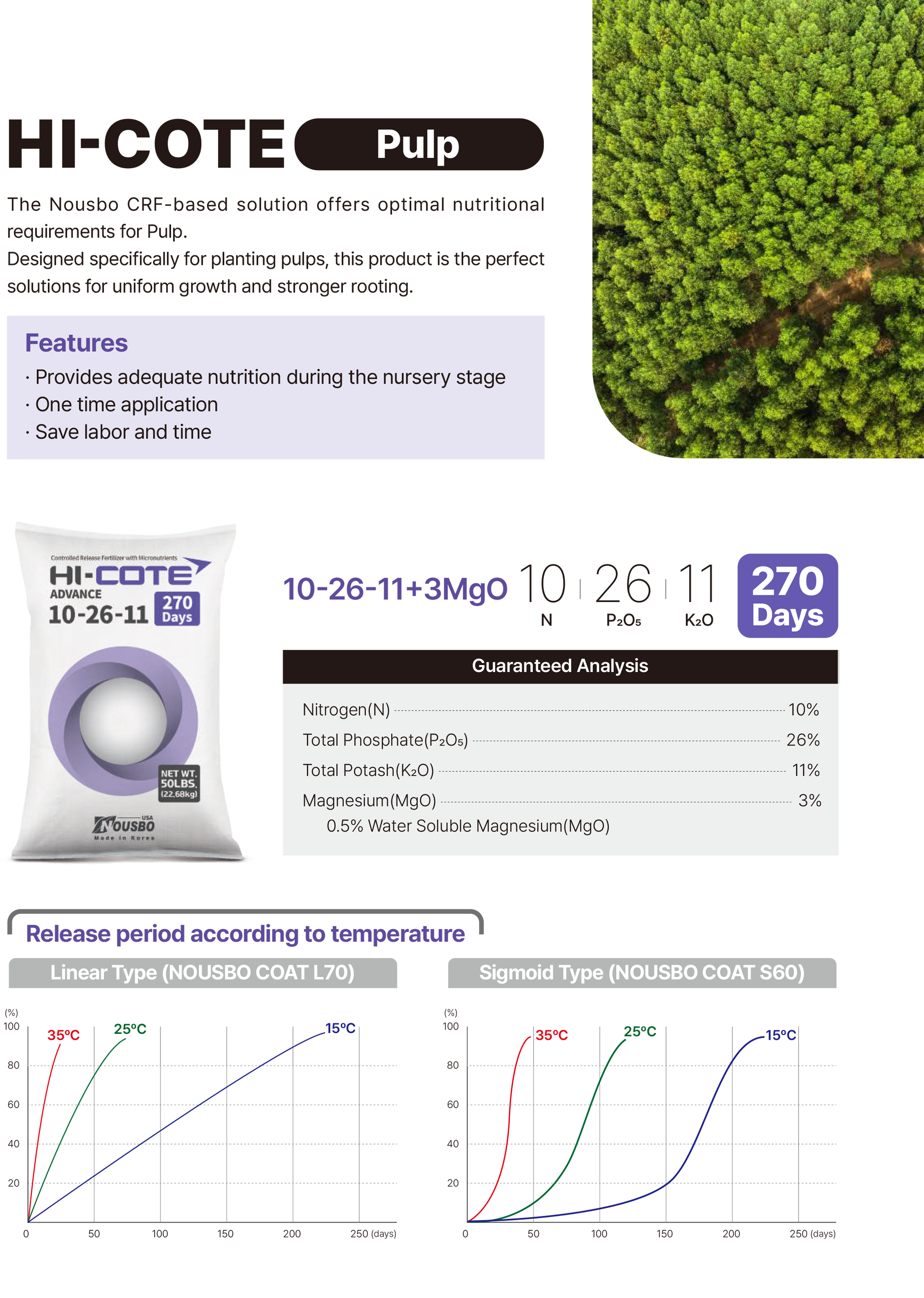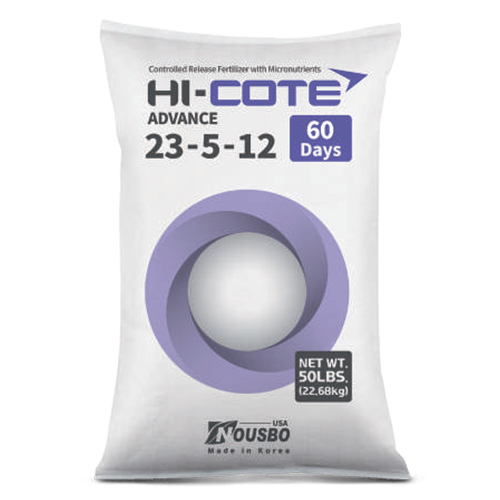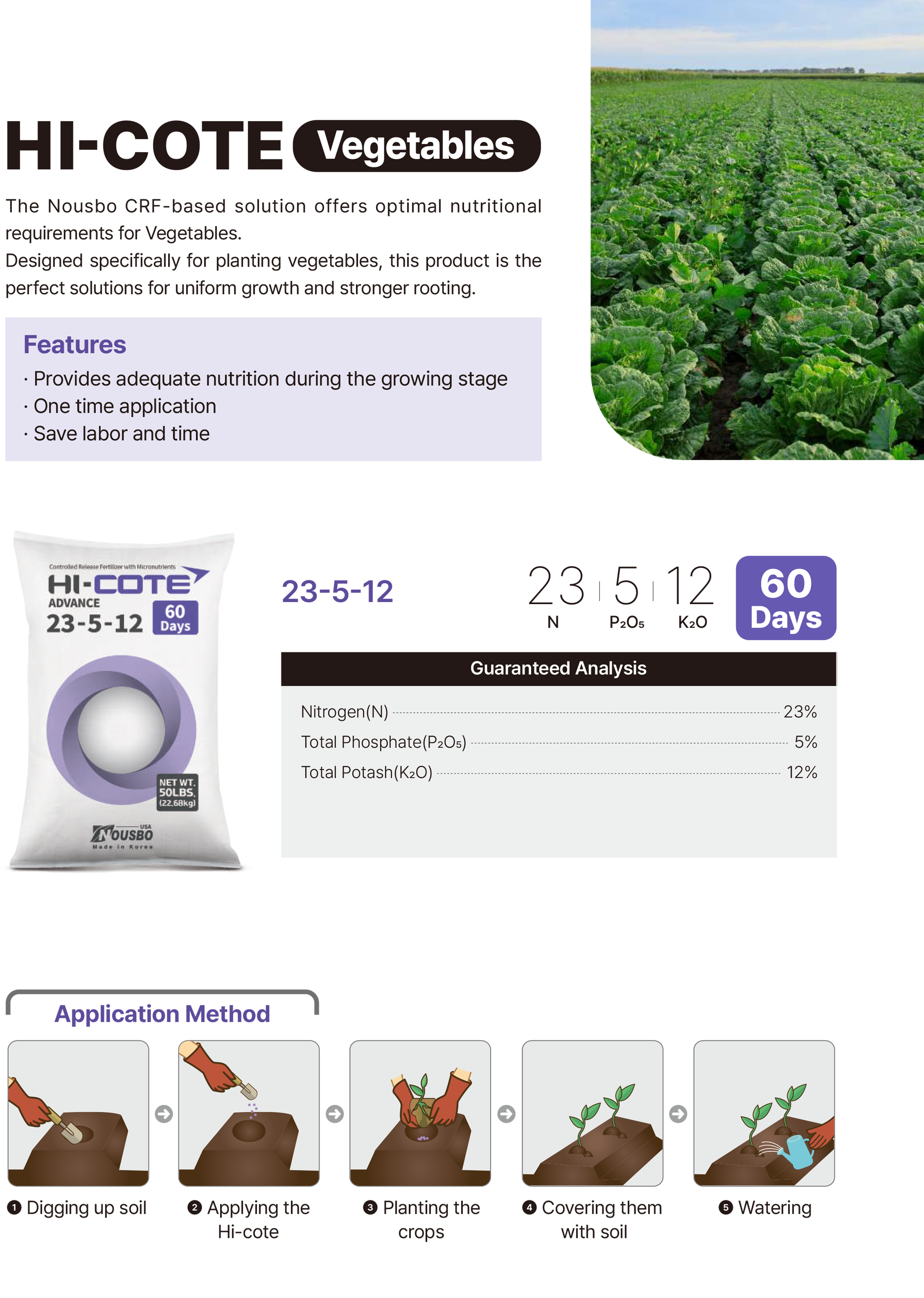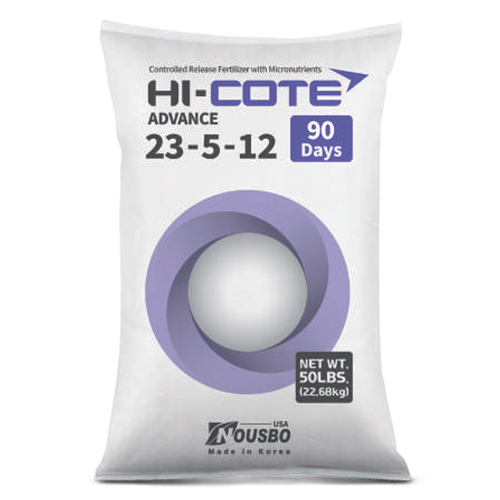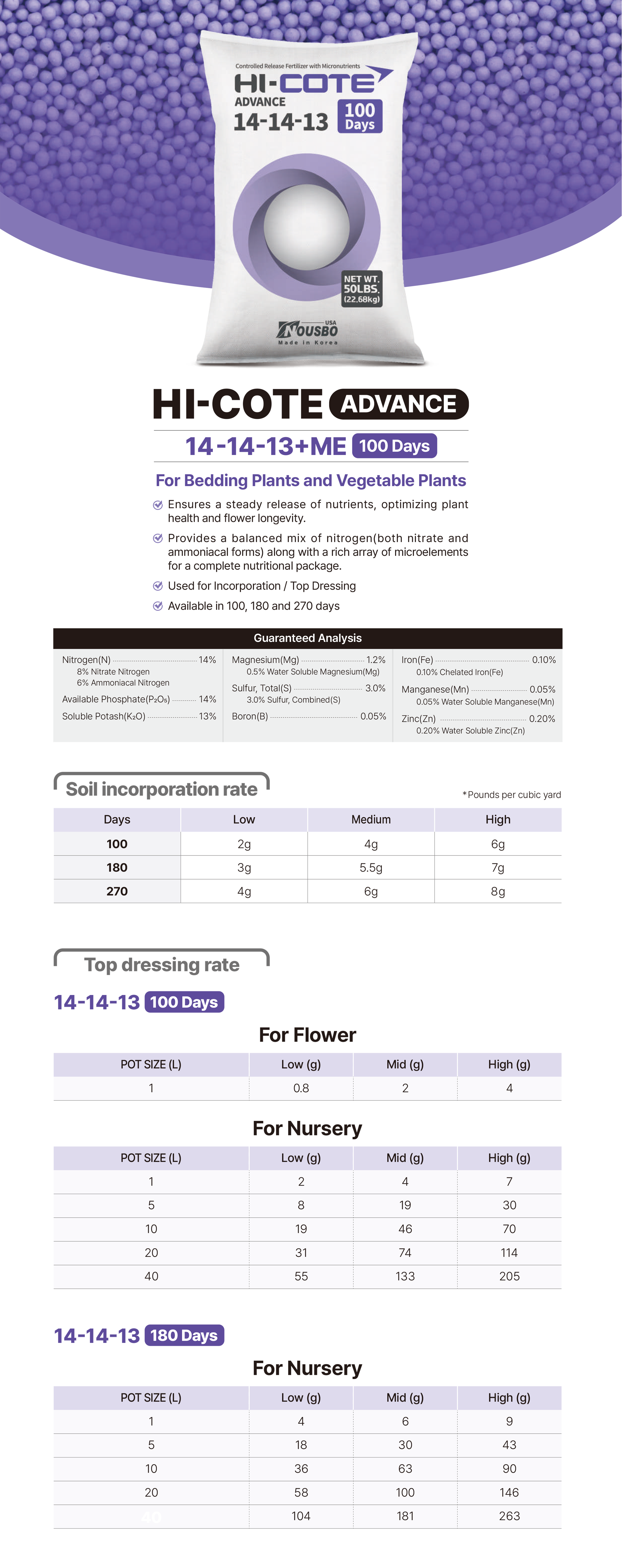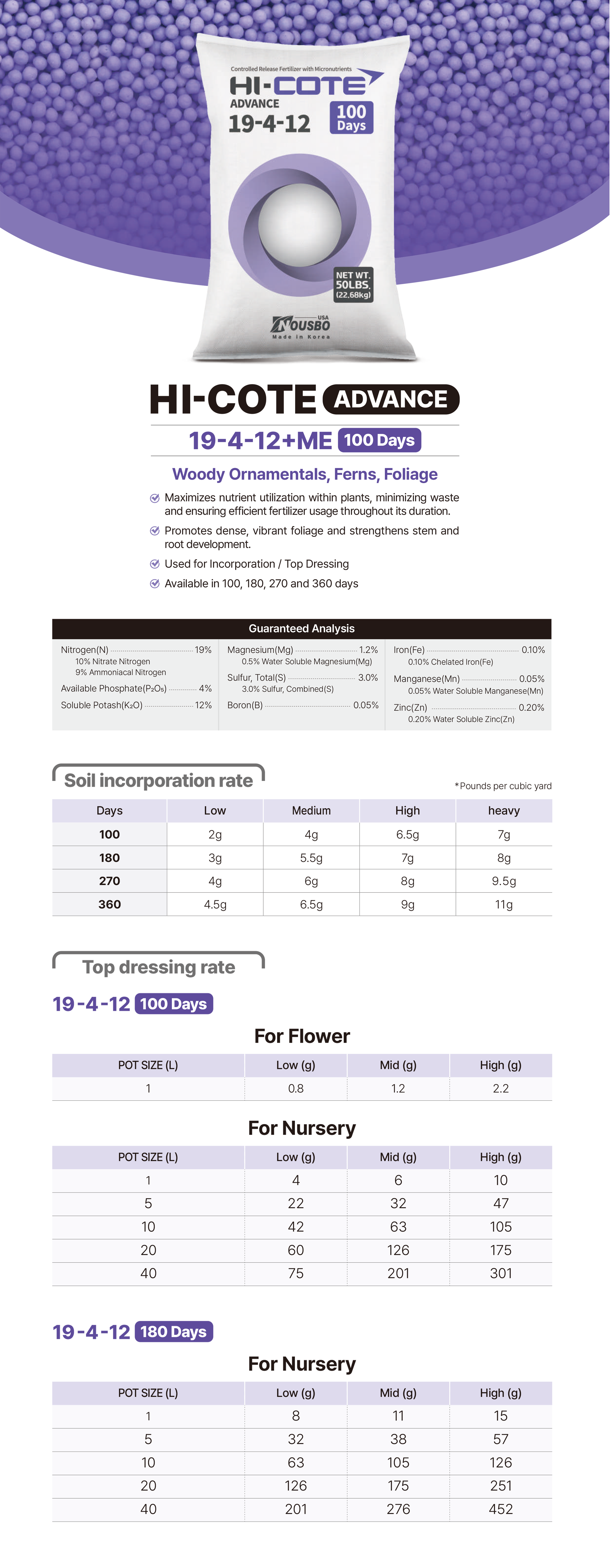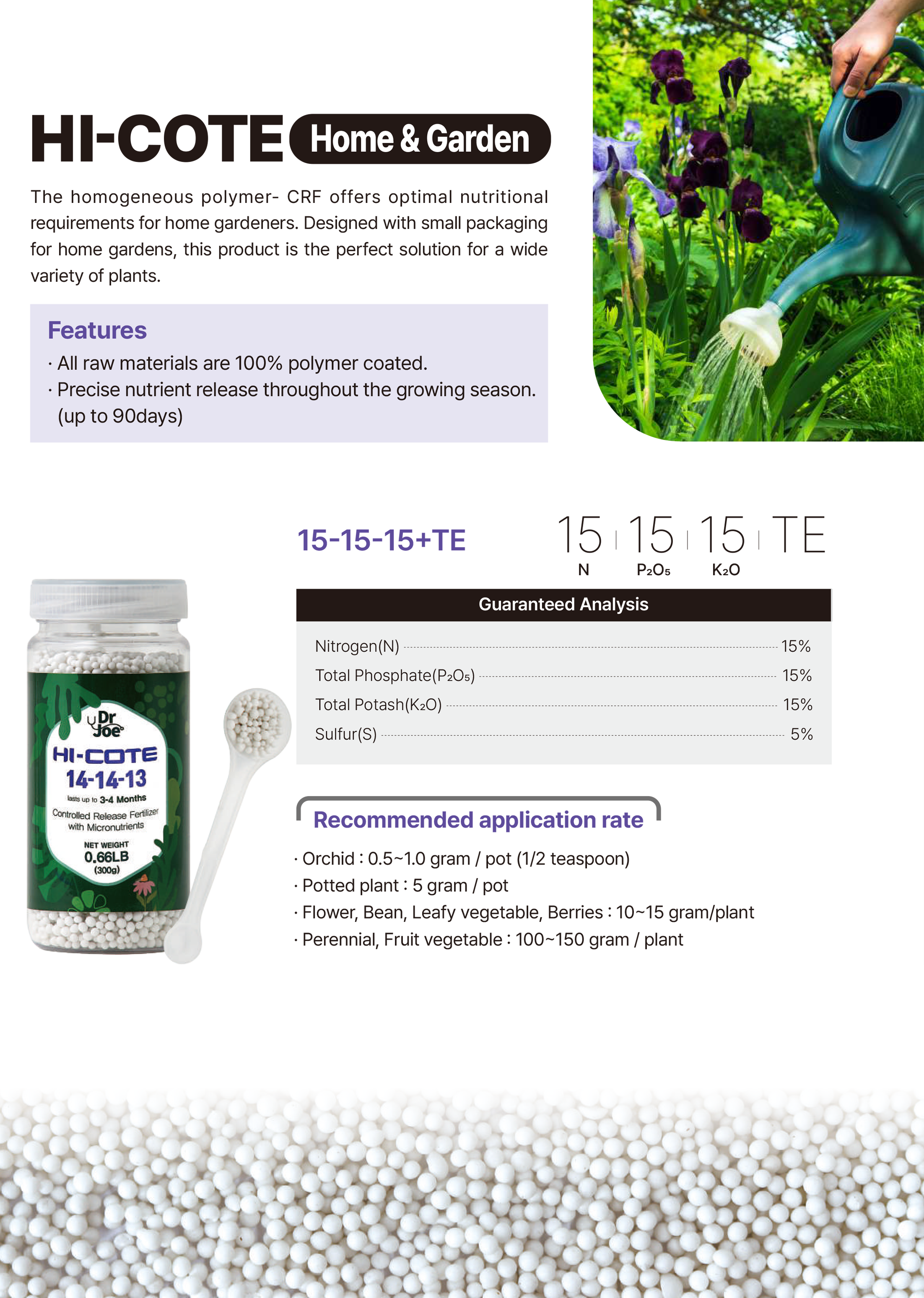
TECHNOLOGY
Hi-Cote is a specialized fertilizer covered with a material that facilitates the gradual release of nutrients, ensuring a continuous and optimal nutrient supply throughout the plant's growth period.
Hi-COTE Coating Process
The CRF Coating Process involves spraying of coating material onto a fertilizer granule, resulting in the formation of a coating capsule.
The uniformity and accuracy of Nousbo CRF are achieved through the application of a special coating technology.
02. Adhesion
03. Coated Particle
How does HI-COTE Work?
Nutrient release of Hi-COTE
Nutrient release of the CRF occurs in three steps: Moisture penetration into the capsule; Fertilizer Dissolution; Nutrients release by osmotic pressure. When granules are applied to the soil, water penetrates into the granules and dissolves nutrients, which are later gradually release into the soil.
Moisture Penetration
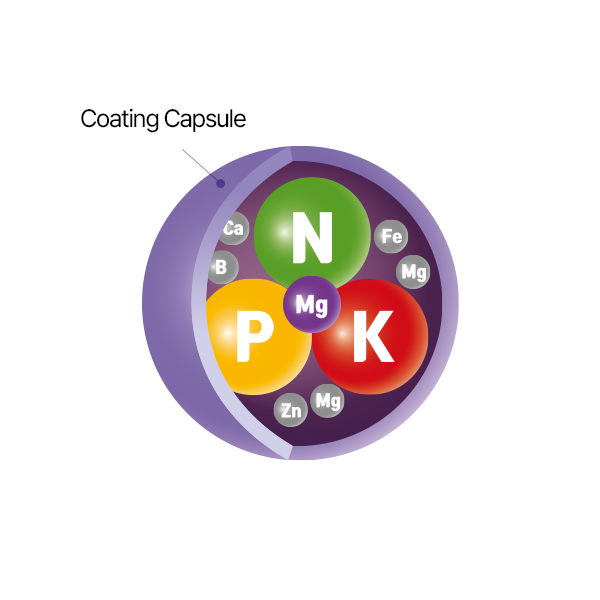
Fertilizer dissolving
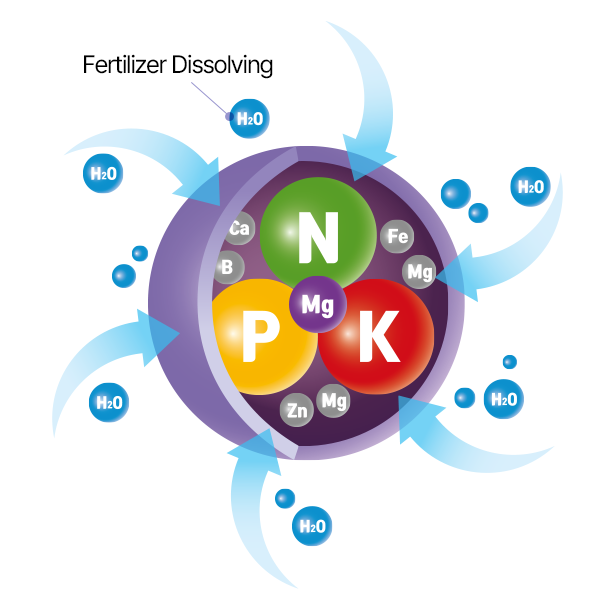
Nutrients Release
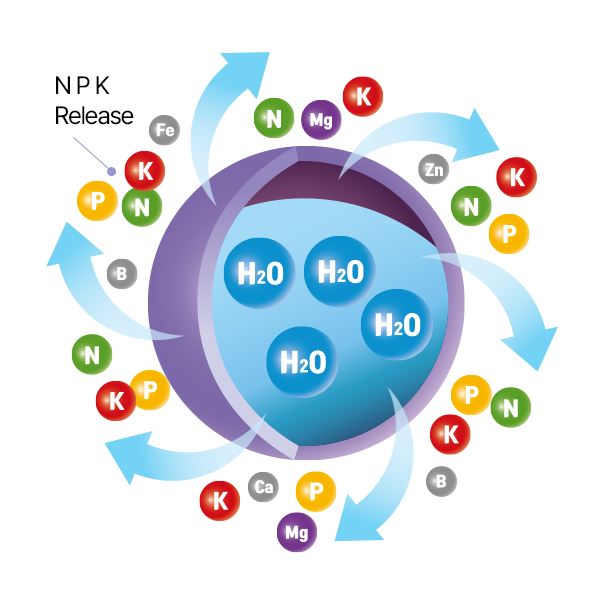
Growth Pattern Alignment
Nutrients release after the temperature reaches seed sprouting levels and follow the corn growth pattern.
The coating material controls water penetration and availability of nutrients in forms preferred by plants, that result in maximizing crop yields.
Why use HI-COTE?
Quality control
-
- Precise and uniform coating technology
High Fertilizer Utilization and
Economical Efficiency
- Increases utilization by reducing fertilizer loss (leaching, volatilization, etc.)
- Reduces total fertilizer use
Labor Saving
- One time application provides all NPK requirements until harvesting
- Eliminates the need for additional top dressing
Eco-friendly
- Reduces groundwater pollution
- Reduces greenhouse gas emission
Media
We bring you various news about HI-COTE
Do you have any questions?
Nousbo values your opinions, and we are ready to listen through our customer inquiry page. Leave your inquiries, and we will respond to you with sincerity.
US Contact
P.O. Box 22472 Houston, TX 77227
Tel : +1(334)419-3700
E-mail : nousbousa@nousbo.com
Head Office
#5-106, 89 Seoho-ro, Gwonseon-gu, Suwon-si, Gyeonggi-do, Korea
Tel : +82-1544-3098
E-mail : nousbo@nousbo.com



